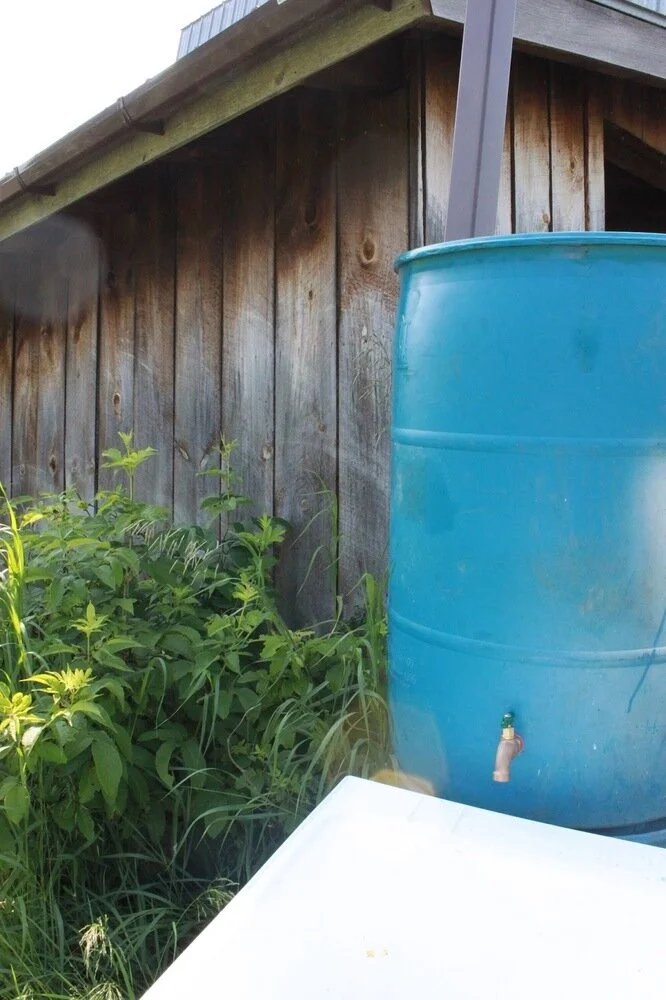We're entering peak production out in the garden, which means an overabundance of certain foods. Not a problem, if you're willing to spend a little time in the kitchen canning, freezing, blending, cooking, and blanching. The time spent is well worth it, potentially saving you hundreds of dollars at the grocery store over winter months on jarred, canned, and fresh produce.
In the last week, here are the foods we've prepared for freezing and canning:
- Zucchini Bread (one loaf out on the counter, the rest in the freezer)
- Basil-Arugula Pesto
- Dilly Beans (canned)
- Cucumbers (canned)
- Zucchinis (blanched and frozen)
- Zucchini Pancakes
Wherever possible, we used 100 percent ingredients from our own gardens, including dill and garlic. Some of the recipes we used are below!
GARLIC, DILL CUCUMBER PICKLES
from COOKS.COM
5 qt. water
1 qt. vinegar
5 c. sugar
1 c. pickling salt
Sliced cucumbers
Dill heads
Garlic buds
This recipe makes a sweet pickle similar to bread and butter pickles.Boil
water, vinegar, sugar and salt; add sliced lengthwise cucumbers 1 quart
at a time to boiling solution until cucumbers change color.
Pack in jar. Put 2 garlic and 1 dill head per quart. Cover with boiling solution, seal jars.
Note:
Revised canning methods call for processing quart jars 15 minutes in a
boiling water bath. Consult your favorite canning reference for more
details on proper canning techniques.
PICKLED GREEN BEANS (AKA DILLY BEANS)
adapted from
So Easy to Preserve
2 pounds green beans, trimmed to fit your jars (I had to trim mine a bit more after taking the photo you see above)
1 teaspoon cayenne pepper (I used nearly two, but tread carefully here if you’re not a spice person)
4 teaspoons dill seed (not dill weed)
4 cloves garlic
2 1/2 cups white vinegar (5%)
2 1/2 cups water
1/4 cup pickling salt (use a bit more if you’ve only got kosher)
Prep your canning pot by inserting a rack to keep your jars off
the bottom of the pot, place pint jars in (wide-mouth pints work best
here. A 12 ounce jelly jar is also nice, as it’s a bit taller than a
standard pint and makes for less trimming) and fill it with water. Bring
to a boil to sterilize while you prepare the rest of your ingredients.
Wash and trim your beans so that they fit in your jar. If you
have particularly long beans, your best bet is to cut them in half,
although by doing so, you do lose the visual appeal of having all the
beans standing at attending.
Combine vinegar, water and salt in a medium saucepan and bring to
a boil. While it’s heating up, pack your beans into the jars, leaving
1/2 inch headspace (distance between the tops of the beans and the rim
of the jar). To each jar, add 1/4 to 1/2 teaspoon cayenne pepper, 1
clove of garlic and 1 teaspoon dill seeds.
Pour the boiling brine over the beans, making sure to leave that
1/2 inch headspace. Use a plastic knife to remove air bubbles from jar
by running it around the interior of the jar. Wipe the rims and apply
the lids (which have been sitting in a small saucepan of water at a mere
simmer for at least ten minutes in order to soften the sealing
compound) and rings.
Process for 5 minutes in a boiling water bath (remember that you don’t start timing until the pot has come to a roiling boil).
These beans want to hang out for a least two weeks before eating, to thoroughly develop their flavor.
BASIL-ARUGULA PESTO
1.5 cups of packed basil leaves, stems removed
1/2 cup packed arugula leaves, stems removed
1/2 cup of shelled walnuts
1/2 cup fresh Parmesan cheese or vegan alternative
1/2 cup extra virgin olive oil
6 garlic cloves, unpeeled
1/2 garlic clove peeled and minced
1/2 teaspoon salt
Brown 6 garlic cloves with their peels on in a
skillet over medium-high heat until the garlic is lightly browned in
places, about 10 minutes. Remove the garlic from the pan, cool, and
remove the skins. Toast the nuts in a pan over medium heat until lightly
brown.
Food processor method (the fast way): Combine the
basil, arugula, salt, walnuts, roasted and raw garlic into a food processor.
Pulse while drizzling the olive oil into the processor. Remove the
mixture from the processor and put it into a bowl. Stir in the Parmesan
cheese.
Mortar and pestle method: Combine the nuts, salt
and garlic in a mortar. With the pestle, grind until smooth. Add the
cheese and olive oil, grind again until smooth. Finely chop the arugula
and add it to the mortar. Grind up with the other ingredients until
smooth.



























































































































